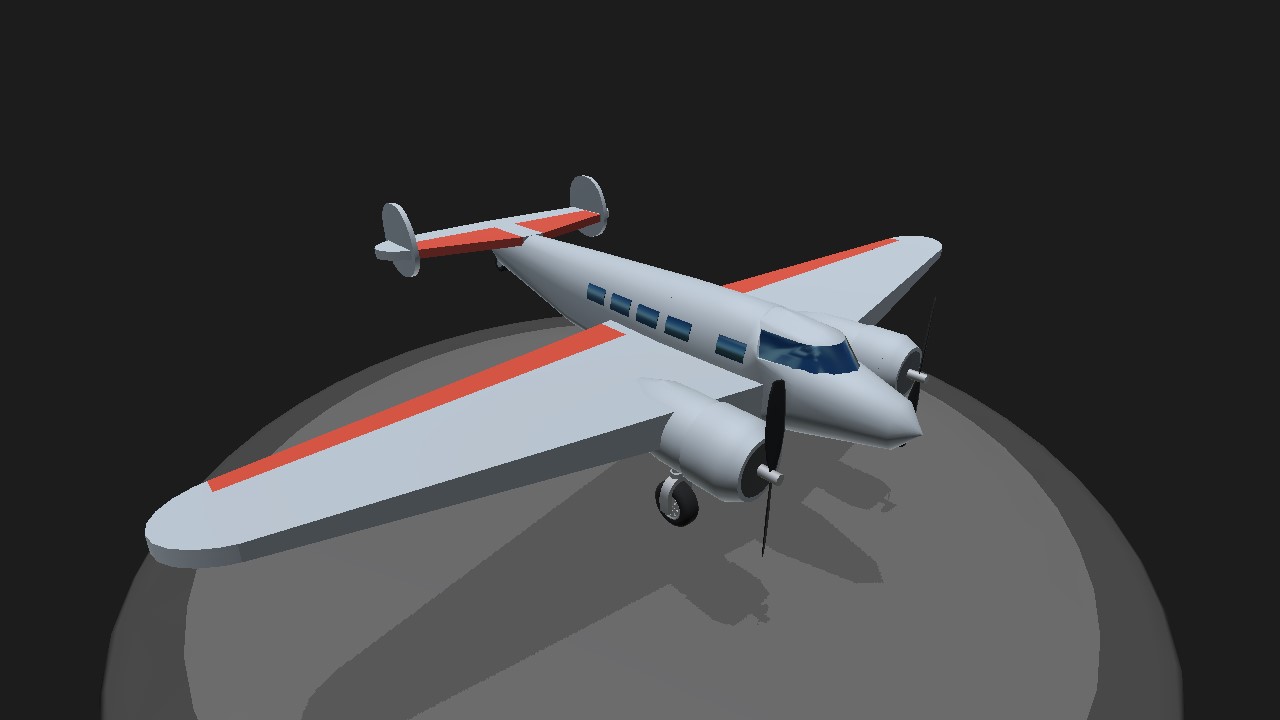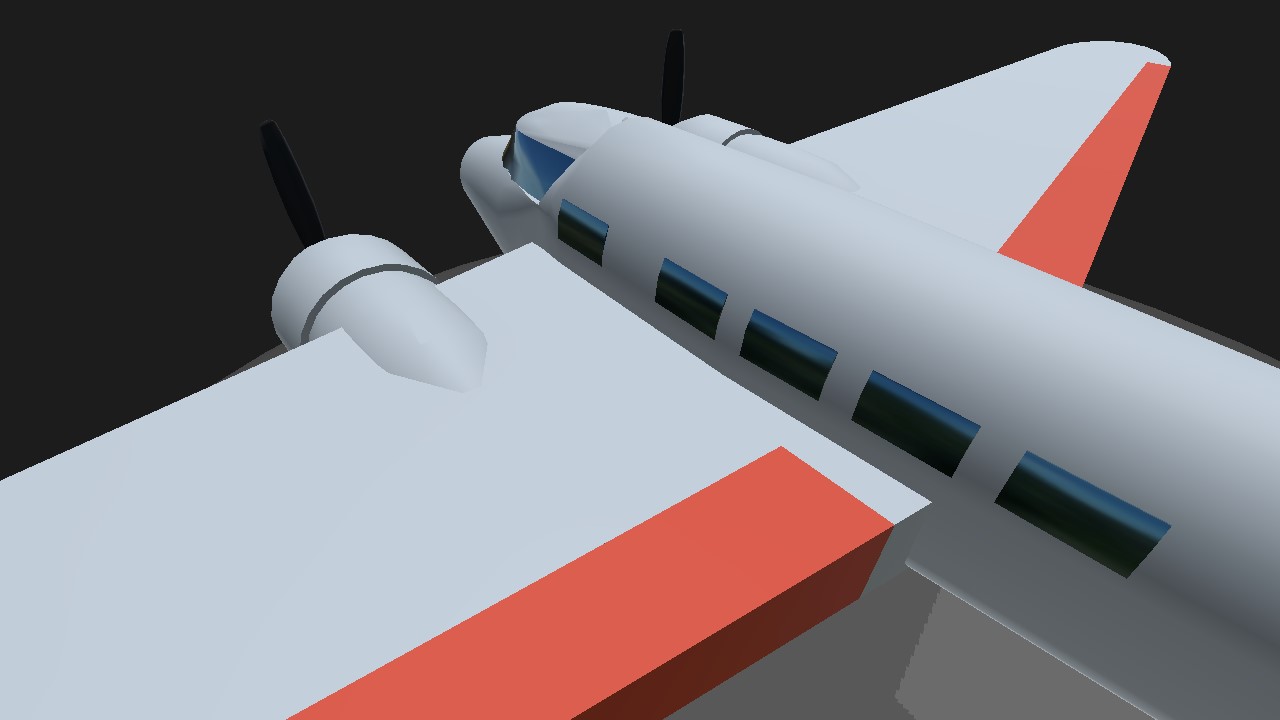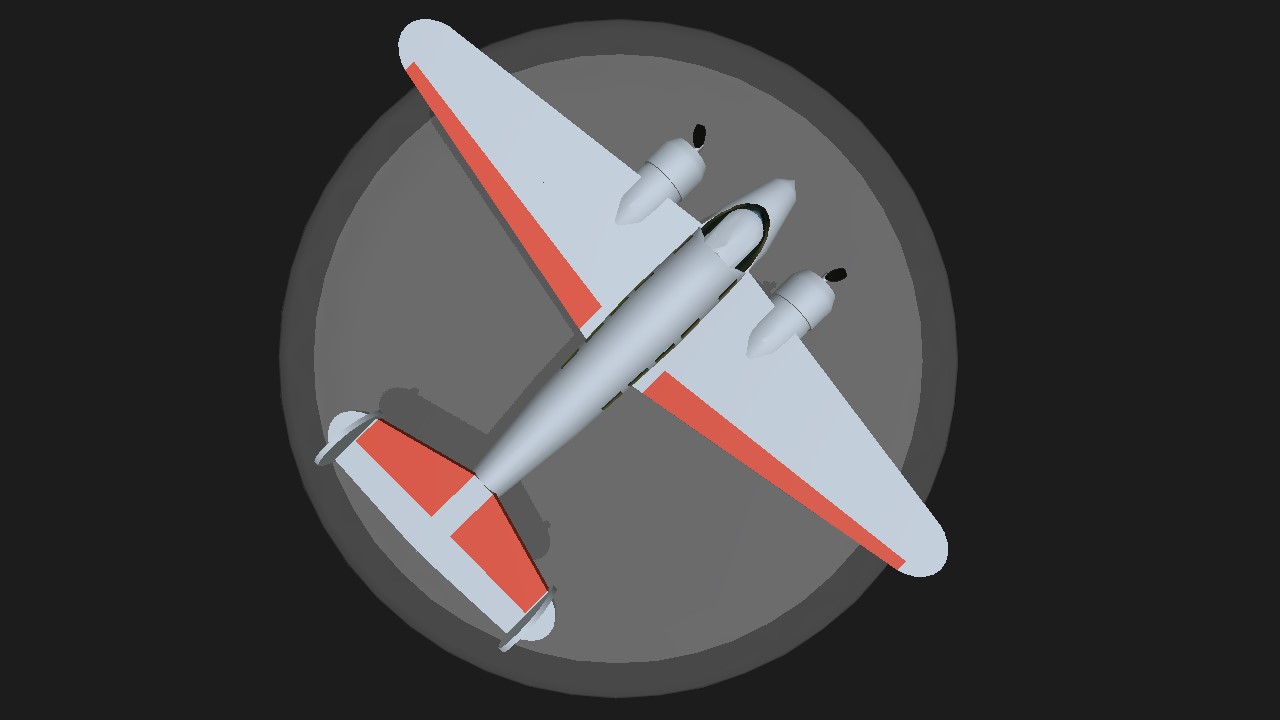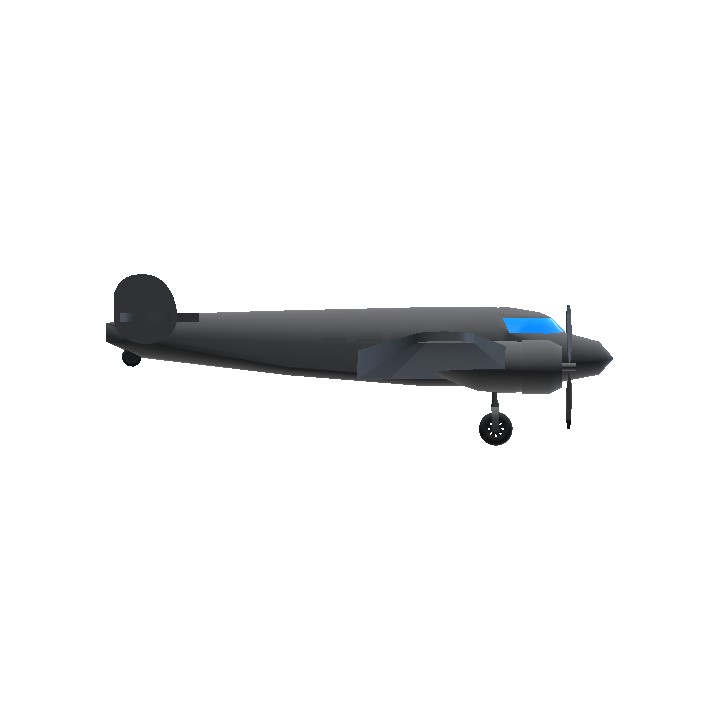Lockheed L-10 Electra
- About the aircraft
The Lockheed L-10 Electra was a twin-engine, all-metal monoplane airliner that played a pivotal role in the development of commercial aviation during the 1930s. Designed by Hall Hibbard and first flown in 1934, it represented a significant leap forward in aircraft technology, featuring sleek lines, advanced construction techniques, and relatively high speed.
The Electra was powered by two Pratt & Whitney Wasp Junior radial engines, which gave it a cruising speed of around 200 mph, making it considerably faster than its biplane predecessors. Its cabin typically accommodated 10 passengers in comfortable seating, and the aircraft boasted luxurious amenities for its time.
The Electra was widely adopted by pioneering airlines like Pan American Airways, Northwest Airlines, and Braniff Airways, operating on both domestic and international routes. Its reliability, efficiency, and speed helped to make air travel more accessible and popular. The Electra also gained notoriety for being the aircraft Amelia Earhart was flying when she disappeared over the Pacific Ocean in 1937.
While successful, the Electra faced competition from the Douglas DC-2 and DC-3. However, its innovative design and contribution to air travel cemented its place in aviation history.
Possible Aircraft Nicknames
Based on anecdotal evidence and potential references from online aviation communities, the Lockheed L-10 Electra might have informally acquired nicknames such as:
"Ellie": A simple, affectionate shortening of "Electra" is likely. This is a common practice for naming aircraft.
"The Dime": Since "dime" is another name for the number ten, and the aircraft is named L-10, some people might have used this as a play on words
"The Silver Swallow": In reference to the metal construction and sleek lines
"The Wasp's Nest": A tongue-in-cheek reference to the Pratt & Whitney Wasp Junior engines that powered the aircraft. This kind of nickname is more likely found among mechanics and enthusiasts.
C O N T R O L S
Trim : Flaps, cruising 'rotate' adjuster
VTOL : Further flaps
Specifications
General Characteristics
- Created On Android
- Wingspan 48.2ft (14.7m)
- Length 34.0ft (10.3m)
- Height 11.5ft (3.5m)
- Empty Weight 6,698lbs (3,038kg)
- Loaded Weight 9,014lbs (4,088kg)
Performance
- Horse Power/Weight Ratio 0.099
- Wing Loading 16.2lbs/ft2 (79.1kg/m2)
- Wing Area 556.4ft2 (51.7m2)
- Drag Points 2833
Parts
- Number of Parts 80
- Control Surfaces 10
- Performance Cost 557






